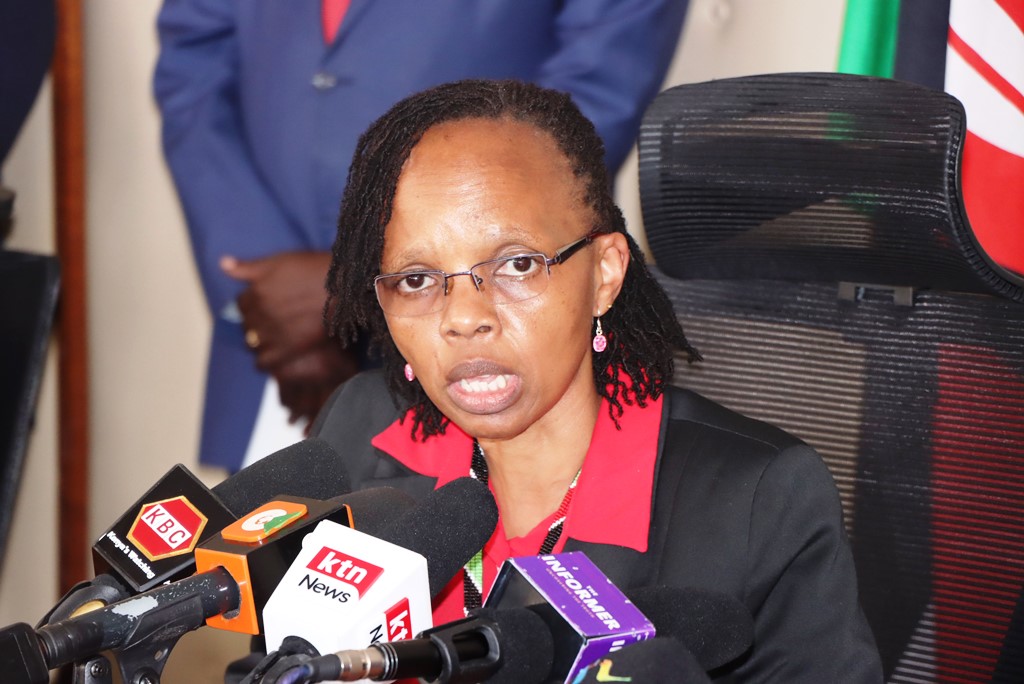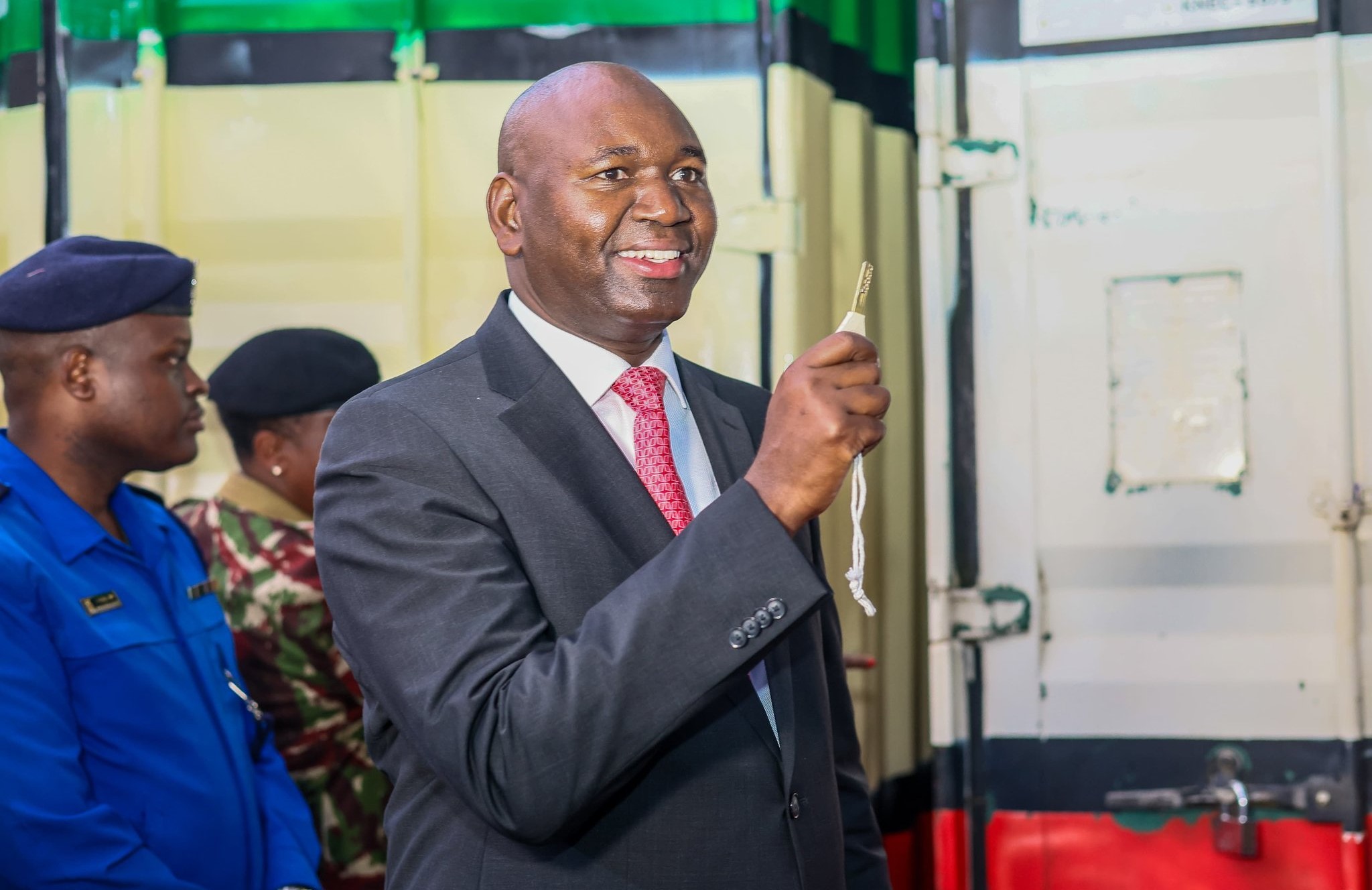By Education News Reporter
An evaluation report titled A Midterm Evaluation for School Based Teacher Support System conducted by a World Bank-sponsored project dubbed School Based Teacher Support System (SBTSS), under the Secondary Education Quality Improvement Project (SEQIP), has revealed that Curriculum Support Officers’ (CSOs) support to tutors teaching Sciences, Mathematics and English in secondary schools was biased.
The report, prepared by the 3D Africa Communication Limited – an Information Technology (IT) consultancy firm – in an evaluation conducted between 2020 and 2021, revealed that there is need to scale up teacher support by the CSOs in secondary schools since it was clear their support is skewed towards primary schools.
The findings in the report reveal that in secondary schools, the school support visits were not frequent. Majority of the respondents stipulated the frequency of visits to be once a term at 36.1 percent, once a month at 24.1 percent, none at 23.1 percent, three times a month at 13 percent and twice a month at 3.7 percent.
The report further indicates that none of the statements on school support visits in secondary schools attained the 75 percent agreement threshold, with teachers in secondary school agreeing that the visits by resource persons added observable value in their teaching and learning process with a score of 58 percent.
However, very few teachers in secondary schools agreed that the CSOs are supportive in their virtual peer learning, since the score here was the least at 55 percent.
In the report, one of the CSOs from Homabay (whose identity the report did not disclose) admitted that the school support visits have not been as frequent as planned, attributing this to many competing programmes in schools that require their attention.
“The biggest problem we face is lack of facilitation in carrying out the support visits. The schools are far apart and lack of mobility hinders our efforts in conducting school support visits effectively,” noted the CSO who was interviewed during the evaluation report.
41 percent of the teachers in primary schools noted that the CSOs visit their schools once a term; 29.3 percent put the visits at once a month, 13.3 percent indicated that the CSOs visited three times a month, 11.2 percent revealed that the CSOs never visited their schools, and 5.3 percent said the CSOs visited twice a month.
Overally, the school support visits in primary schools had an overall mean score of 3.7 compared to 3.5 in secondary schools. 69 percent of teachers in primary schools concurred that the support they received from resource persons was helpful in executing their mandate.
Another 67 percent agreed that the visits by resources persons add observable value in their teaching and learning process, with 65 percent agreeing that the resource persons provide them with feedback after the visits. 61 percent agreed that the resource persons are supportive in their virtual peer learning.
Another challenge that affected the effectiveness of the visits is the notable disruption of learning caused by the outbreak of the Covid -19 pandemic. This adversely implied that some programmes were not implemented as planned since the SBTSS is time bound.
When learning resumed in schools, priority was given to the covering of the syllabus, hence school support visits and monitoring of the programmes by the CSOs could not be effected as planned.
There was also the challenge of succession planning as some teachers trained on SBTSS have retired and others have been transferred without a proper plan for replacements. There were unique cases in some areas in the targeted sub-counties where all non-local teachers trained on SBTSS programme had been transferred.
Furthermore, most of the teaching and learning resources require internet connectivity, and owing to poor networks and power connectivity in some areas, teachers are not able to download the teaching and learning resources.
It also emerged that counties with good network and power connectivity have an advantage in terms of operationalizing the SBTSS programme over those with poor or no network and power connectivity, hence creating a challenge of equity in teaching and learning.
Online teaching and learning faced acceptance challenges since being a new idea, it took considerable time for the teachers to adapt. The teachers were also not technology savvy, and as such, it took them time to learn how to operate the gadgets.
Addressing members of the Joint Mission of SEQIP, which sponsors the SBTSS at Centre for Mathematics, Science and Technology (CEMASTEA) in Karen, the Principal Secretary in the State Department for Early Learning and Basic Education Dr Julius Jwan noted that the government is set to construct 962 classrooms in secondary schools in Arid and Semi-Arid Lands (ASAL) and other marginalized areas in the country.
The classrooms to be built in 561 secondary schools in 30 counties in ASAL and marginalized areas will be ready in December this year.
Dr Jwan thanked the World Bank for the support it had given the government in enhancing retention and quality education in the country and in ASAL and marginalized parts of the country under the auspices of SEQIP.
SEQIP targets 7,852 primary schools and 2,147 secondary schools in 110 sub-counties (30 counties) and focuses on improving student learning in secondary education and transition from primary to secondary education.
A total of 859 laboratories will be built in 785 schools, besides 1,843 8-door sanitation facilities in 1,783 primary schools. One door in each of the schools will be adapted for Special Needs Education (SNE).
The members of the joint mission, comprising officials from the World Bank and Ministries of Education and National Treasury, conducted a 2-day assessment in mid-May on the status of the implementation of the project in five of the counties benefiting from the project.






